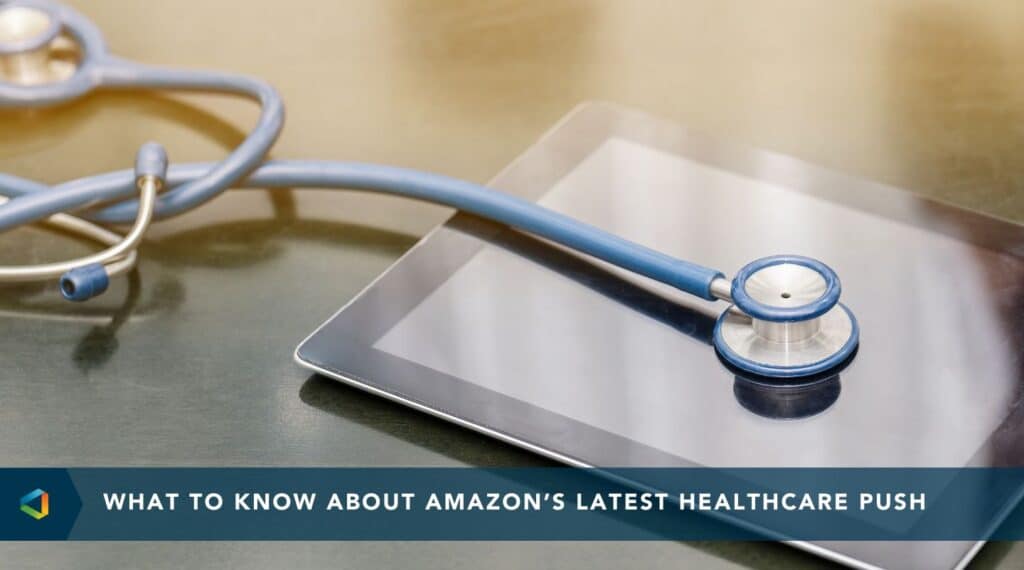Better Benefits
America’s Growing Healthcare Crisis
America’s Growing Healthcare Crisis
The United States is uniquely unable to control the cost of healthcare and pharmaceutical spending, which is pushing people and businesses to the breaking point.
On July 10th, 1969 – ten days before Neil Armstrong set foot on the moon – then-President Richard Nixon said the following about the state of American healthcare: “We have a massive crisis in this area… without prompt action, we will have a breakdown in our medical care system.”
However, action to reform the American healthcare system has been anything but prompt. The problem has been allowed to fester in the five decades since Nixon spoke, and it is now almost cliché to bemoan the fact that the United States has the most expensive care on Earth and some of the worst health outcomes of any industrialized country.
Cliché or not, it is worth highlighting here that the United States currently spends an estimated $4.1 trillion per year on healthcare expenses. This corresponds to about 20% of GDP, or one in every five dollars spent, which is roughly twice as much as most other wealthy nations. This is projected to rise to an eye-popping $6.2 trillion by 2028, amounting to a net 50% increase in just the next five years.
Because these rising costs have not been accompanied by any measurable improvement in care quality, it is fair to say that Americans are essentially paying more for less.
This crisis is reaching a boiling point for both individual citizens (medical debt is the leading cause of personal bankruptcy in the United States) and for the businesses that employ them: a 2021 KFF survey of American business leaders found that nearly 90% of respondents expect the burden of providing health benefits to become “unsustainable” at some point in the 2020s and believe that the federal government will need to intervene in order to stabilize the situation.
In the coming series of articles, we will be focusing on the ever-rising costs of pharmaceuticals as a particularly salient sub-crisis within the mega-crisis of American healthcare. The state of American pharmaceutical spending is exactly as dire as one would imagine, with the three statistics below painting a broad picture of the status quo:
- Despite accounting for only 4% of the global population and about 24% of the world’s economy, America alone is responsible for nearly half of the world’s pharmaceutical revenues.
- The country’s annual pharmaceutical spending amounts to roughly $1,400 per person, a figure which constitutes 10-15% of all healthcare spending and consistently grows faster than inflation.
- Studies consistently show that Americans pay between two and four times as much for pharmaceuticals as residents of other developed countries.
Dreary statistics like these are useful for establishing what is happening, but they don’t get to heart of why it is occurring or how things got to be this way. While subsequent entries in this series will explore the problems with healthcare and pharmaceutical spending at a more granular level, it is still useful to conclude this piece with a rundown of three significant factors that are fueling unsustainable cost increases in America:
-
Lack of transparent pricing
Opaque arrangements between various providers throughout the supply chain mask the true price of healthcare and make it difficult for both businesses and consumers to predict and understand their expenditures. In many cases, this closed and confusing structure enables arbitrary price inflation that is very difficult for plan providers and members to audit or dispute.
-
High concentration of providers
The consolidation and vertical integration of healthcare companies in the United States over the last several decades has reduced consumer choice, undercut the potential of cost-containment strategies, and resulted in a near-oligopoly that is able to take advantage of what is essentially a captive market.
-
Entrenched interests discouraging innovation
While the urgent problems with American healthcare are widely acknowledged throughout all parts of society, don’t count on meaningful reform anytime soon. The status quo has coalesced into an entrenched system with beneficiaries who have vast monetary resources and clear incentives to reject changes that would be good for the general population but bad for their bottom line.




